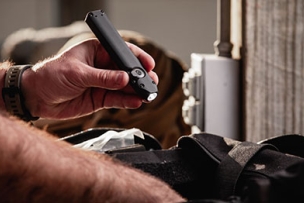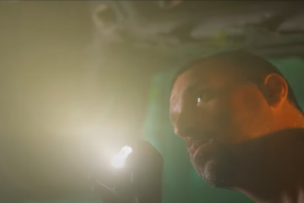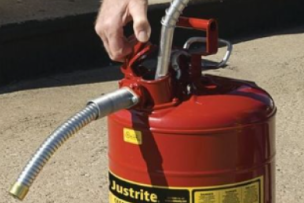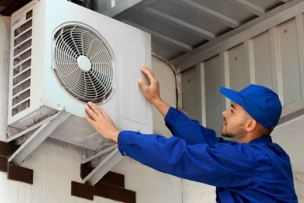Streamlight, Inc. has more than 45 years of experience making tough, durable, long-lasting flashlights and lanterns designed to serve the specialized needs of professionals and consumers alike. Since 1973, Streamlight has designed, manufactured and marketed high-performance flashlights, and today offers a broad array of lights, lanterns, weapon light/laser sighting devices, and scene lighting solutions for professional firefighting, industrial, law enforcement, military, automotive and outdoor applications. The Streamlight product line includes an extensive selection of safety-rated flashlights and lanterns that are extremely bright, exceedingly safe and exceptionally tough. Streamlight is an ISO 9001:2015 certified company. Streamlight products are sold throughout the United States and in more than 70 countries around the world.
When selecting a flashlight best suited for a particular application, there are several variables to take into consideration including the size of the light, material, type of switch, light output, battery type, and more. Most attributes can be physically seen in images online or on packaging in a store, except for the beam pattern.
Deciphering beam patterns by looking at specs and packaging is not overly complicated, but it is more in-depth than just reading the lumens listed. You may want a 1,000-lumen flashlight, but you have to consider what the light will be used for. Do you need to see 50 feet in front of and around you, or do you need to spot a navigational marker 600 feet in front of your boat? Once you determine which beam shape is right for you, you’ll have to look at lumens, candela, and beam distance to select the light with the right beam pattern. Let’s take a quick look at these attributes:
In layman’s terms, lumens tell you the overall brightness of the flashlight, but this doesn’t account for the lens and reflector, which means it won’t tell you what the beam pattern looks like. Candela and beam distance are other lighting measurements you can use in conjunction with lumens to determine the shape of the beam.
Candela, or candle power, is how bright the “hot spot” of the light is. Candle power can be measured by using a light photometer to record the intensity of the light. The higher the candela reading, the more focused the beam. How do you focus the light? The lens, optic and/or reflector shape light. Different shaped reflectors or optics (fisheye-looking lens) will determine how focused the beam pattern is.
Beam Distance, which is more tangible than some attributes, uses measurements like meters, yards, or feet to determine the distance of the beam when the brightness of the light reaches .25 Lux. This might sound technical, but it is a process anyone with a photometer can do at home. Here’s how: set your flashlight on a table, aim it down a flat piece of earth and walk with a light photometer until it reads .25 Lux. Whatever the distance is from the flashlight to the point where the photometer readers .25 Lux is your beam distance.
Now, you might be wondering, what the heck is .25 Lux? Well, go out on the night of a full moon when the sky is clear and check out the light being emitted. The light intensity that reaches the earth at this point is .25 Lux. Streamlight's friends at ANSI (American National Standards Institute) came up with this gem and it is creative. By the way, your newfound trivia of light intensity produced by a full moon will impress about 1 in 1000 people, maybe less, so use the information sparingly.
Now that you’re up to speed on lumens, candela, and beam distance, you’ll know what to look for when shopping for a flashlight. If you’re looking for a flood pattern, remember, you’ll want relatively low candela or short beam distance. If you’re looking for a spot pattern, you’ll want high candela or long beam distance. Let’s put some numbers to it.
If you’re shopping for a 1,000-lumen flashlight and you’re looking for a flood pattern, look on the packaging or specs for 1,000 lumens and 1,000 candelas or a 50-meter beam distance. Take a look at Streamlight's E-Flood® Litebox for an example of this type of beam pattern.
If you’re shopping for a 1,000-lumen flashlight and you’re looking for a spot pattern, look for 1,000 lumens and 100,000 candelas or 1,000-meter beam distance. Check out the specs on Streamlight's Waypoint® 300 Rechargeable Spotlight for an example of this type of beam pattern.
No matter the intended use case for your flashlight, you’ll know what to look for when shopping for the right beam.
Previously Featured on Streamlight's blog.






Talk to Us!
Leave a reply
Your email address will not be published. Required fields are marked *